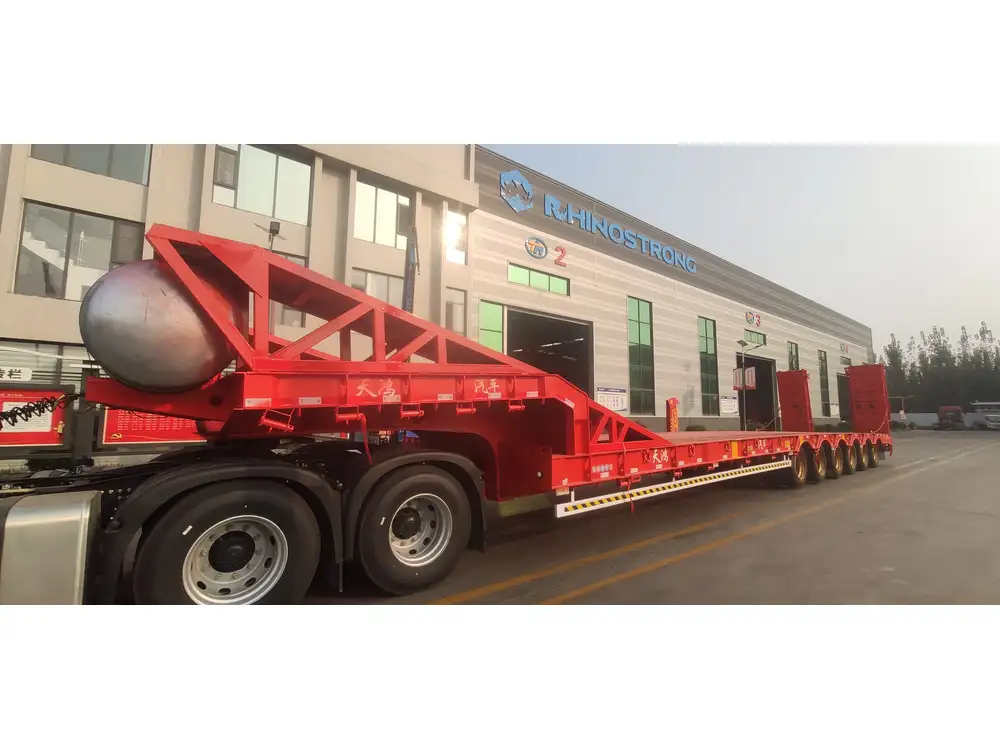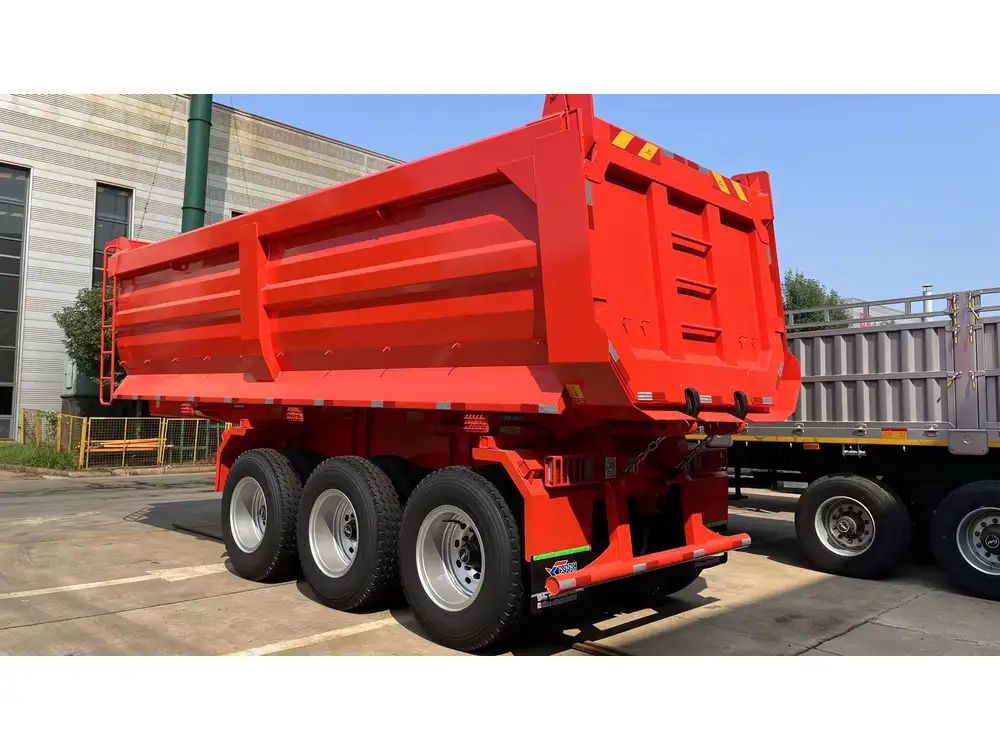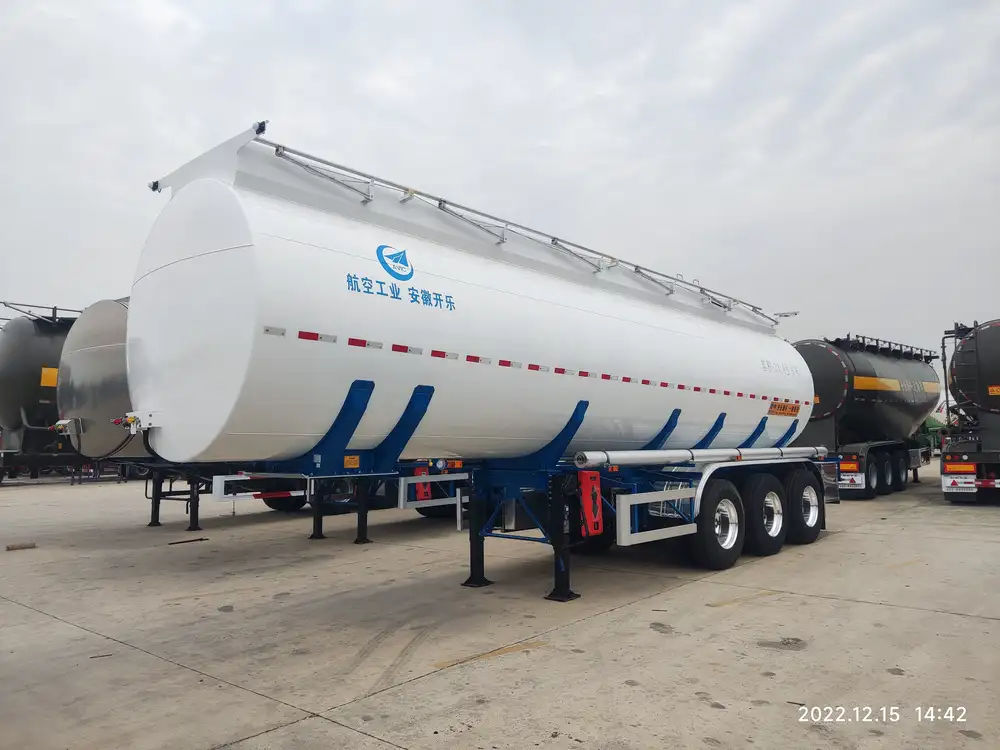Understanding the capacity of tanker trucks is essential for industries relying on transport and logistics, especially those involved in the movement of liquids such as water, fuel, chemicals, and food products. This guide aims to provide an in-depth look into the capacity of tanker trucks, examining various types and their applications, while answering the question: How many gallons are in a tanker truck?
Tanker Truck Types and Capacities
Tanker trucks come in several varieties, each designed for specific purposes. Below, we provide a detailed comparison of common tanker types and their respective capacities:
| Type of Tanker Truck | Common Capacity (Gallons) | Typical Uses |
|---|---|---|
| Food Tankers | 5,000 – 8,000 | Transporting milk, juice, or other food products |
| Fuel Tankers | 5,000 – 11,600 | Delivery of gasoline, diesel, or other fuels |
| Chemical Tankers | 6,000 – 10,000 | Transporting hazardous or industrial chemicals |
| Water Tankers | 2,500 – 10,000 | Municipal water supply, firefighting, irrigation |
| Bulk Tankers | 4,000 – 6,000 | Transporting bulk liquids like oils and syrups |
| Specialty Tankers | 3,000 – 10,000 | Varied applications based on specific fluids |
Analysis of Tanker Truck Capacities
Food Tankers: These trucks are specifically designed to meet health and safety standards for food transport. They typically hold between 5,000 and 8,000 gallons, which is crucial for logistics involving dairy or other perishable items. Considerations such as the type of insulation and material used affect the quality and safety of the delivered goods.
Fuel Tankers: These are among the largest of tanker trucks, often designed to carry petroleum products. With capacities ranging from 5,000 to 11,600 gallons, they are critical for ensuring a steady supply of fuel at gas stations and industrial sites. The design usually emphasizes safety to prevent leaks and spills, employing specialized materials resistant to chemical corrosion.
Chemical Tankers: Designed for hazardous materials, these trucks typically have a capacity of 6,000 to 10,000 gallons. They often feature multiple compartments to separate different chemicals, ensuring compliance with safety regulations that prevent leaks and spills.
Water Tankers: Water transport is a crucial service in many regions, especially during drought conditions. Capacities vary widely, generally falling between 2,500 and 10,000 gallons. These tanks can be fitted with pumping systems to facilitate distribution, making them indispensable for firefighting, irrigation, and municipal needs.
Bulk Tankers: These trucks are specifically built for the transport of bulk liquids, like oils and liquid sugars. Their capacity can range from 4,000 to 6,000 gallons. The design often includes features to maintain temperature control and ensure the integrity of the transported liquid.
Specialty Tankers: Tailor-made for unique applications, these may hold between 3,000 and 10,000 gallons. Examples include tankers for transporting wine, which often have specialized features to protect the contents from spoilage.

How the Capacity Affects Transport Logistics
The capacity of a tanker truck greatly impacts transport logistics. Companies must consider several factors when planning the movement of goods:
Distance and Efficient Routing
Calculating how many gallons are in a tanker truck helps in planning routes and determining fuel efficiency. With larger capacities, routes can be optimized to minimize the number of trips.
Load Distribution
Transporting heavy liquids can challenge weight limits on certain roads. Understanding the gallon capacity ensures compliance with local regulations, aiding carriers in planning safe and legal paths.

Cost Efficiency
Maximizing the tanker truck’s capacity may lead to better cost efficiencies. For instance, larger trucks reduce the number of trips needed to transport the same volume, thereby lowering fuel costs and driver time.
The Science of Measuring Capacity
Determining how many gallons are in a tanker truck isn’t simply about the number printed on the side; it involves understanding tank design, dimensions, and measurement standards.
Standard Measurements
Cubic Feet to Gallons: One cubic foot equals approximately 7.48 gallons. To convert cubic footage into gallons, the formula is: [ \text{Gallons} = \text{Cubic Feet} \times 7.48 ]
Dimension Specifications: Tankers are designed with varying lengths, widths, and heights, which affect total capacity. For instance, a tank measuring approximately 40 feet in length, 8 feet in width, and 8 feet in height would have a cubic capacity calculated by: [ \text{Cubic Feet} = \text{Length} \times \text{Width} \times \text{Height} ]

Tank Shape Considerations
Tanker trucks can have cylindrical or rectangular configurations, significantly impacting how capacity is calculated. Most fuel and chemical tankers utilize cylindrical shapes to maintain structural integrity and minimize stress when filled.
Frequently Asked Questions (FAQs)
How many gallons can a standard fuel tanker carry?
A standard fuel tanker can carry between 5,000 to 11,600 gallons, depending on its design and regulations in various jurisdictions.

What are the legal weight limits for tanker trucks?
The legal weight limits for tanker trucks typically vary by state and include the weight of the truck plus the liquid it carries. In the U.S., most states follow an overall limit of 80,000 pounds for gross vehicle weight.
Can tanker trucks be used for multiple liquids?
Yes, however, it is essential to clean and maintain proper separation between different types of liquids to avoid contamination. This is a common practice in food and chemical transport sectors.
What safety measures are taken for transporting liquids?
Tanker trucks are equipped with safety mechanisms such as leak detection systems, anti-roll devices, and reinforced construction materials. Additionally, drivers receive special training on handling hazardous materials.

Conclusion
As we have explored throughout this guide, the question “How many gallons are in a tanker truck?” is intricately nuanced, involving various types of trucks and their specific capacities. Understanding these aspects not only aids in logistical planning for businesses but also ensures compliance with safety regulations.
From fuel tankers to water and chemical transports, knowing the capacities and regulations surrounding tanker trucks is essential for effective fleet management. By optimizing load capacity and understanding the implications on transportation logistics, businesses can enhance efficiency, reduce costs, and ensure the safe delivery of goods.
As industries evolve, so too will the design and specification of tanker trucks, promising even greater efficiencies in the future. Whether you are a manufacturer, distributor, or end-user, keeping abreast of these changes will provide a competitive edge in this vital sector of the economy.



